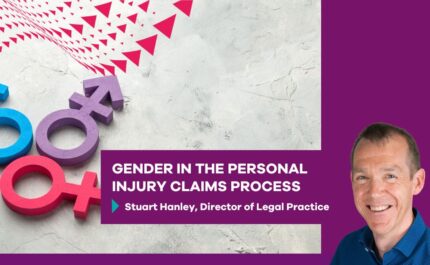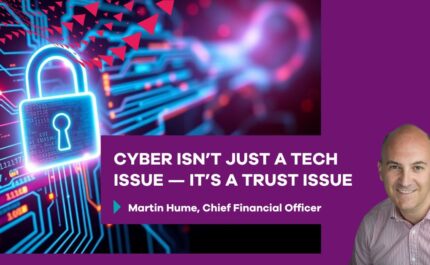
The legal landscape is evolving, and so are customer expectations. The debate over digital vs. human-led claims management is outdated – clients don’t want one or the other; they want both.
The data backs this up. We ran a recent poll on Linkedin which found that 60% of respondents believe a balanced approach yields the best outcomes, while only 9% prefer a fully digital service. That tells you everything you need to know: technology should enhance human expertise, not replace it.
This article breaks down why hybrid claims management is the future – dispelling myths, showing how digital tools improve customer experience, and proving why personalisation is key in legal services.
Customer Expectations Are Changing
The discussion of going fully digital or sticking solely with traditional human-led methods is the wrong debate to have. Providing digitally enabled services is a now a baseline expectation from customers.
Therefore, it’s not a choice between digital or traditional services – it’s about the right combination. Our data supports this: claims handled through Minster Law’s online claims portal, INK, settle 40 days faster, with a 30% higher resolution rate. These efficiencies enable more capacity to create better customer outcomes and better claims experience for all customers, regardless of the traditional or digital preferred methods of claims handling.
Consider this: 71% of medical report responses and 78% of first reported losses are submitted digitally, but customers still rely on human support when needed. Effective digital tools should eliminate unnecessary friction, so it enables increased capacity to provide more human-led reassurance and expertise.
That’s not about replacing people; it’s about providing the right method of service where appropriate. Some areas of claims management are most appropriately handled digitally, while the other areas are most appropriately handled in traditional methods. Nonetheless, the reality is that the number of areas most appropriately handled digitally is growing day by day as technology advances.
The key takeaway is that customers don’t want automation for automation’s sake. They want tools that streamline their journey while ensuring expert support is available when needed. The best claims experience is one where technology is leveraged to improve efficiency while maintaining the human touch that builds trust.
How Digital Enhances the Customer Experience
Some argue that digital tools weaken the value of the customer service you provide, but the numbers say otherwise. Nearly half of all timeline views on Minster Law’s INK platform, happen outside business hours – 35% in the evening or early morning. That’s proof customers value self-service options that fit their schedule.
And it goes beyond convenience and accessibility – it’s about reducing unnecessary interactions. Users of the INK FAQ section call at volumes 17% less than non-users, giving those customers instant, accurate answers. This isn’t about replacing human service; it’s about ensuring customers get the right support at the right time, through the method that is right for them.
Personalisation: Meeting Customers Where They Are
Every customer’s claim journey is unique. Some prefer the speed of self-service, while others need human guidance. A hybrid model ensures both options are available.
At Minster Law, we are committed to use technology to improve the customer claims experience, for example, we offer accessibility tool ReciteMe, which provides a range of customisable options to help individuals overcome online barriers, including those with visual impairments, learning difficulties, neurodiversity and language needs. Meanwhile, the INK platform’s timeline feature allows customers to check claim progress anytime, giving them control while still offering case handler support when needed.
By blending cutting-edge technology with human expertise, we are committed to offer a personalised experience instead of forcing a one-size-fits-all approach.
For vulnerable customers, digital innovation should enhance -not replace – human support. 71% of poll respondents agreed that digital tools should support rather than substitute human interaction.
For those who struggle with complex processes, digital tools provide clarity. And when more personalised support is required, our expert case handlers remain readily available.
Conclusion: The Future of Claims Management is Hybrid
The evidence is clear – a hybrid approach delivers the best results. Digital tools drive efficiency, accelerate claim resolution, and give customers control. But the human element builds trust and ensures people feel supported.
Some customers want instant access to claim updates. Others need reassurance from a case handler. By integrating both, firms ensure no customer is left behind.
Minster Law’s INK platform has results in higher claim resolution rates and reduced settlement times, proving digital tools can streamline the process. But these efficiencies don’t come at the cost of personal service – they enhance it.
The challenge for the industry isn’t choosing between digital and human service—it’s learning to combine them effectively. The future of claims management isn’t just digital, and it isn’t just personal – it’s both.



